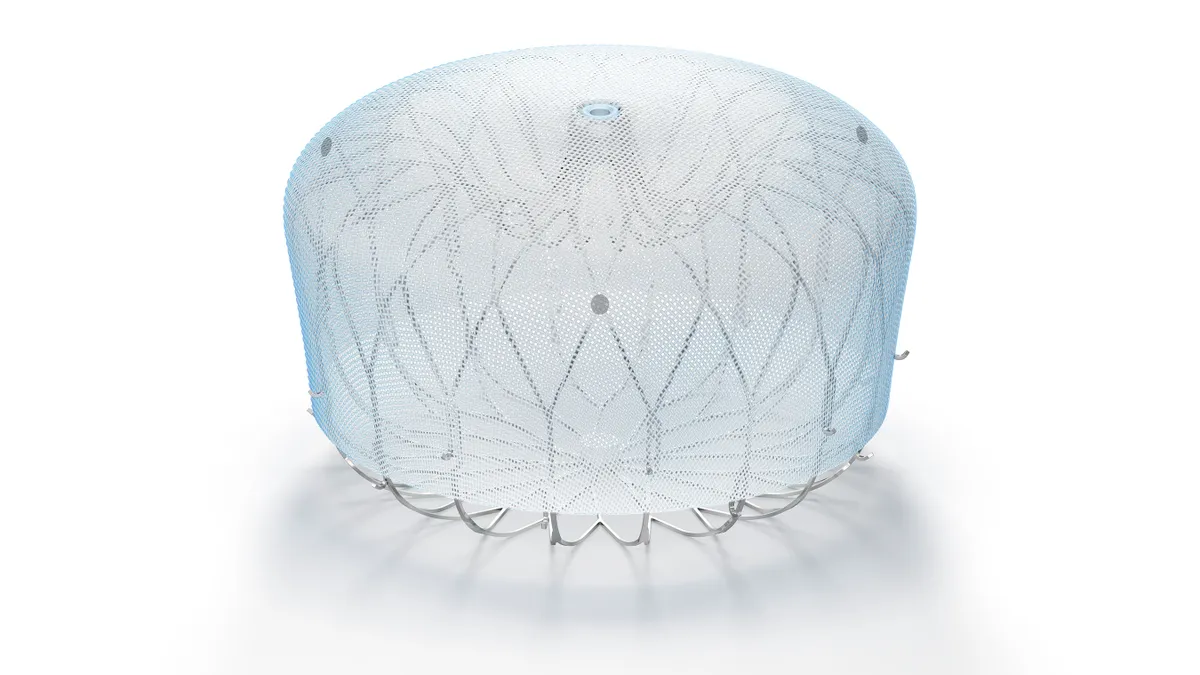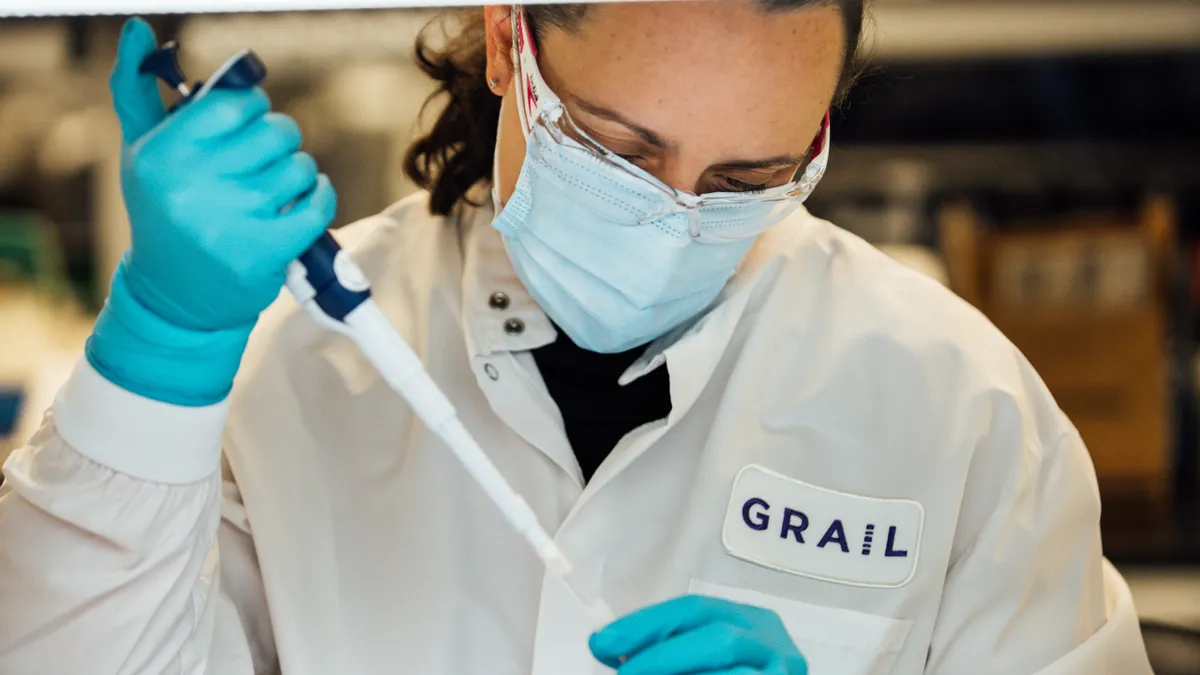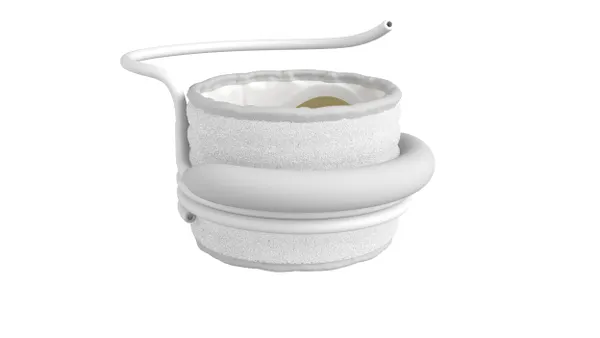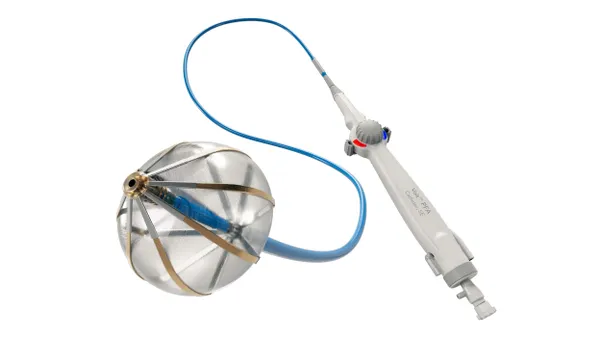Dive Brief:
- Medtronic has received Food and Drug Administration approval for a neuromodulation therapy in urge urinary incontinence, the company said Friday.
- The Altaviva device is inserted near the ankle and sends electrical impulses to regulate bladder control. Bluewind Medical and Valencia Technologies sell similar devices.
- Medtronic has identified Altaviva as a large market opportunity.
Dive Insight:
Physicians insert Altaviva slightly below the skin near the ankle. Once in place and activated, the device sends electrical impulses to the tibial nerve to help restore communication between the bladder and the brain. Restoring communication is intended to regulate bladder control and treat the urinary urges and involuntary leaks that affect some patients with overactive bladder, or OAB.
OAB patients with urge urinary incontinence already have multiple treatment options. Medtronic sells its Interstim sacral neuromodulation device for use in the patient population. Geoff Martha, Medtronic’s CEO, discussed the advantages of tibial neuromodulation over the sacral approach on an earnings call in August.
“Going from basically an implantable device in your upper buttocks, the sacral nerve modulation, to something that's above your fascia on the ankle — it's not quite a wearable, but it's pretty close to wearable — is really going to open up that market,” Martha said. “We'll take market share, which will be fun. But the bigger thing, we're going to grow this market like crazy.”
Martha said the market covers “millions of patients.” Those patients have had access to a tibial device since Valencia won premarket approval in 2022. Bluewind received authorization for its Revi tibial device in 2023.
Leerink Partners analysts identified Altaviva’s 15-year battery lifespan as an advantage over rival products. The analysts said Altaviva is an attractive option, informing their belief that Medtronic can “capitalize on the large, underpenetrated OAB market opportunity” and accelerate sales at its pelvic health unit.
Medtronic was willing to take a near-term hit to help make pelvic health a key driver of its neuro division for the coming years, as Martha told investors last month.
“We took the opportunity to make some significant changes to our commercial organization in pelvic health in Q1,” Martha said. “Now, while this had some short-term impact in the quarter as we expected, it sets us up to capitalize on the large opportunity ahead as we anticipate accelerating growth from this business as we go through the year.”













